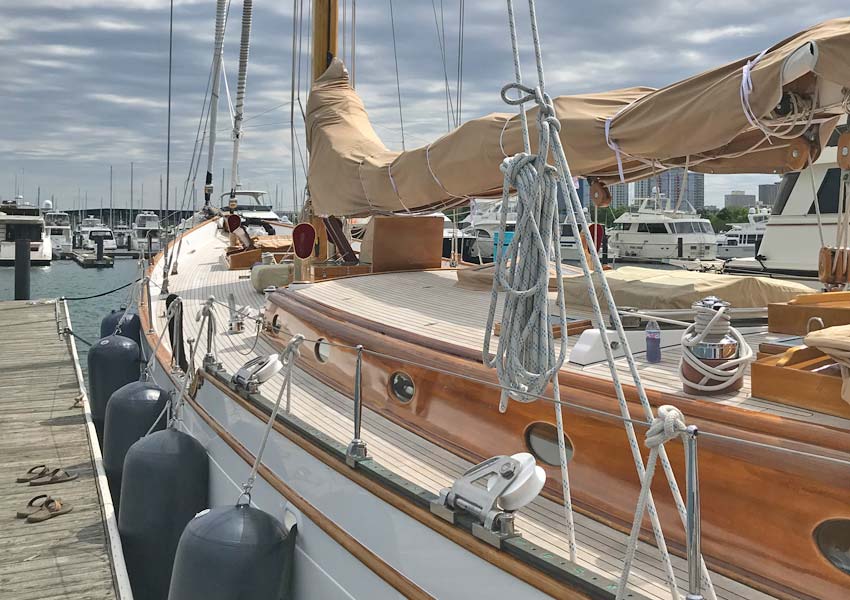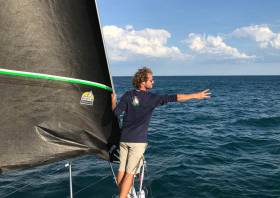Displaying items by tag: Chicago Yacht Club Race to Mackinac
The Royal Cork’s Volvo Ocean Race winner Justin Slattery is among the Irish interest involved in this year’s Chicago Yacht Cub Race to Mackinac, which got under way yesterday (Friday 12 July).
Afloat.ie’s Sailor of the Month for June 2015 — for this key role in Abi Dhabi Ocean Racing’s win in that year’s VOR — is racing Whitehawk, a classic 105ft super yacht, in the world’s oldest annual freshwater distance race, now in its 111th running.
More than 2,000 sailors across 270 boats are racing the 289 nautical miles offshore from Chicago, north across the length of Lake Michigan, to where it meets Lake Huron at Mackinac Island.
Another Irish entrant is National Yacht Club sailor Conor Totterdell, who is racing the J109 Smee Again, part-owned by Irishman David Neenan.
The boat, which sets off with the more nimble boats in the race later today (Saturday 13 July), is in contention for ORR winners as well as the J109 one-design trophy, won by Neenan and his fellow owners’ previous boat, Impluse (J111).
Later this month, Totterdell will join Slattery on board Whitehawk for the Bayview Mackinac Boat Race from Port Huron (north of Detroit) to Mackinac.
Whitehawk, a custom-built King 104’ from 1978, is racing in the cruising division of ‘The Mac’ that set off yesterday, and as of 12.30pm IST was due east of Two Rivers, Wisconsin. (Follow along with the online race tracker HERE.)


It was recently bought by Peter Thornton who owned Il Mostro (Puma V70), on which Justin Slattery and Willie Lynch were regular crew.
Despite the distance from this island, The Mac has longstanding Irish connections. In 2002, the late Roy Disney, who was certainly no stranger to these shores, set the race’s monohull record of 23 hours and 30 minutes in his Maxi Z68, Pyewacket.





























































